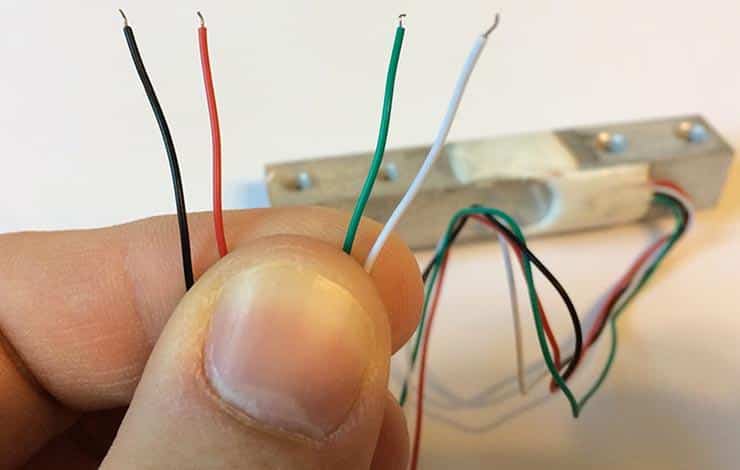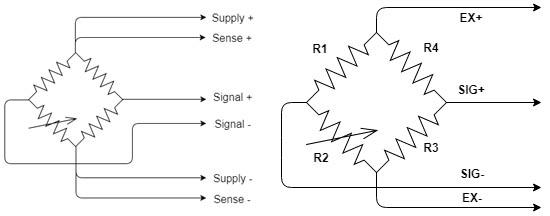
The Difference Between 4 and 6 Wire Load Cells 3 Years ago
Depending on the model, the load cells have 4 or 6 wires with a wire shield. 6 wire types in addition to power +, power -, signal + and signal – terminals (Ext+, Ext-, Sig+, Sig-) have two other wires, sense + and sense – (Sen+, Sen-) or reference+ and reference- are.
The resistance of electric wires depends on factors such as temperature and length. Considering this, it can be said that changes in temperature and length can cause changes in the voltage drop on the wire, which the 6-wire system allows to compensate for these changes.

4-wire load cells are sensitive to thermal variations and are calibrated with standard cable lengths. For this reason, it is recommended not to shorten the cable length of 4-wire load cells; In the case of weighing systems, displays and transmitters with 6-wire input and junction box, it is recommended to use 6-wire load cells to compensate for the voltage drop on the cable between the display and the junction box.
If you are using a weight display or a weight transmitter with 4-wire capability, it is recommended to use a shielded cable with a suitable cross-section (at least 1 mm), so that the voltage drop will be as low as possible.
In case of using 6-wire load cell, there is no need to observe these things.
The sense or reference wires are connected to the sense terminals (Sen+ and Sen-) of the display and by measuring the actual voltage that reaches the load cell, it increases the accuracy of weight calculations.
For this reason, using 6-wire load cells is preferable to 4-wire. Also, by increasing or decreasing the length of the wire, the accuracy of the load cell does not change.

